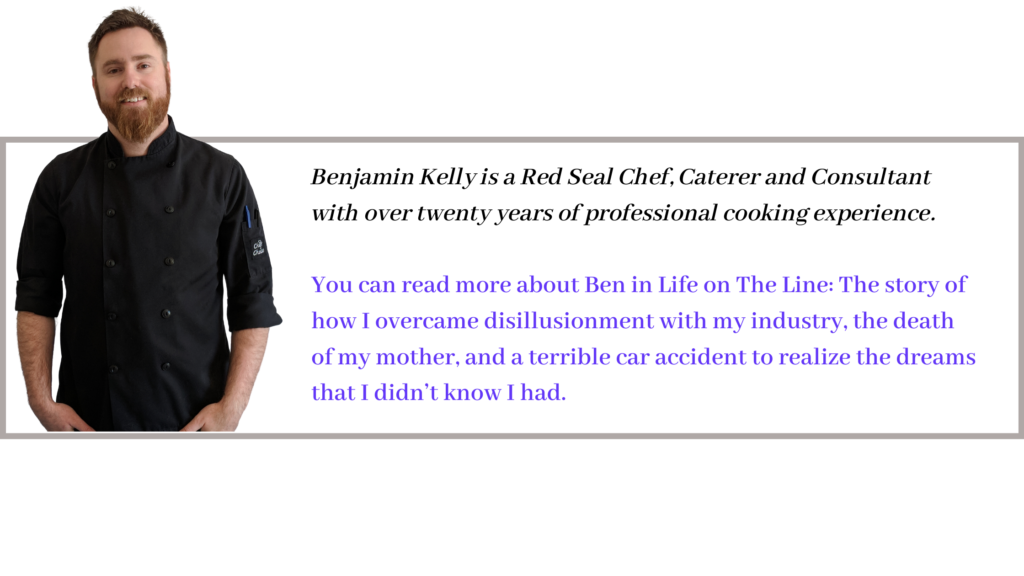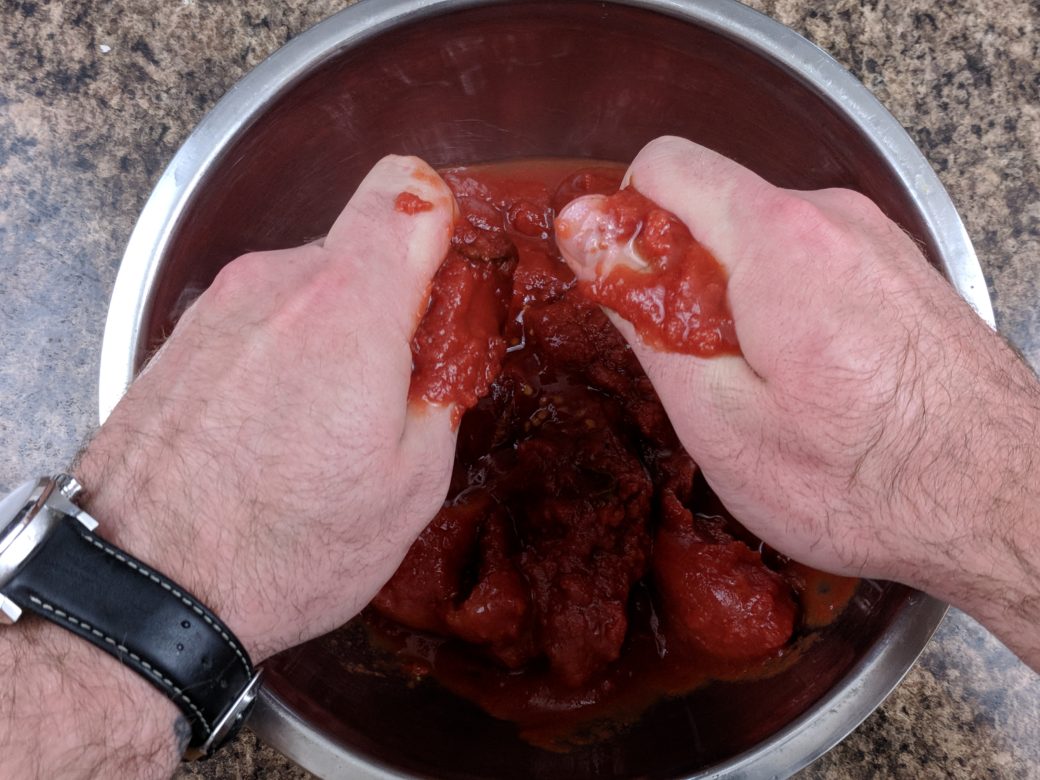Tomato sauce is one of those things that a lot of us take for granted. It’s assessable, and it’s easy. But what if I told you that the tomato sauce you’ve been eating, isn’t the best tomato sauce it could be? What if there were a few simple things that you could do to make that tomato sauce not just good, but absolutely great? Well, today that is what we are doing. Today, we are talking about…
The Art Of Tomato Sauce
Every single tomato sauce has one thing in common. The main ingredient is tomatoes. I know, I know captain obvious right, but we have to talk about the tomatoes.
Tomatoes
To make this as accessible as possible I am going to focus mainly on using canned tomatoes as opposed to fresh. If you want to use fresh tomatoes that’s great! Process the tomatoes by either blanching them to remove the skin or by roasting them. Now, you are pretty much caught up to the rest of us that are using canned tomatoes.
Not every can of tomatoes is created equal. I’m not saying that you can’t use “no name” brand tomatoes for this. You can. But if you want the best tomato sauce possible you want to use the best tomatoes possible. Generally, this means San Marzano tomatoes. These are a type of plum tomato typically grown in and imported from Italy. They are slightly sweeter and less acidic than Roma tomatoes which is another classic sauce tomato. If you can’t find or don’t want to spend the money on San Marzanos, that’s okay. Most canned tomatoes will do the job. And if you are using fresh tomatoes, Romas are what you want.
I typically buy whole canned tomatoes and puree them myself. I find the ones that are already pureed sometimes have an odd flavour that I don’t like in my tomato sauce. Often I don’t actually puree the tomatoes but rather crush them with my hands. First of all, it’s a lot of fun. Secondly, it means that I might get a few small chunks of tomatoes rather than just fully pureed. I like a few tomato chunks in my sauce but that’s up to you.
Tomatoes, even San Marzano’s are acidic. The goal is to balance that acidity with sweetness. More often than not, people will just put a tablespoon or two of sugar into the sauce. I prefer a different approach that does the same thing but without adding sugar directly.
Onions
Onions are a typical addition to tomato sauce. They are generally lightly sauteed right before the tomatoes are added. I like to take this a step further and actually caramelize the onions. What this means is that I am essentially browning the onions over a moderately low heat. What is happening is that starches and sugars in the onion are being broken down by the heat and caramelized. This intensifies their sweetness and means that I don’t need to add sugar to my sauce for balance. The natural sweetness from the caramelized onions is what balances the sauce.
When people think of caramelized onions they often think of thinly sliced onions. But I want to be clear, that for a sauce I use a finely diced onion, not sliced. I caramelize them with olive oil on medium-low heat and it takes about twenty minutes.
Other Ingredients
There is a tendency to overcomplicate tomato sauce. All too often people end up throwing in everything but the kitchen sink. But to make a really good tomato sauce takes restraint. You really need to take a minimalist approach.
In addition to the tomatoes and onions, I typically add salt, pepper, and finish the sauce with some fresh basil. Occasionally, I will add a clove or two of garlic and saute with the onions, but more often than not I leave it out.
In Italian cooking, the sauce is more just lubrication than the star of the show. In North America, we generally think of this in reverse. We load our pasta up with sauce to the point that we can’t taste the pasta at all. It’s okay that we do that. I do that. I’m not trying to change the way four hundred million people eat pasta. But whether you eat like the Italians, or like North Americans, this sauce will suit your needs.
The sauce I described above is a fantastic all-purpose tomato sauce. It can be used on pasta with a bit of parmesan cheese, used to top chicken parmesan, served with spaghetti and meatballs, or even as the base of a meat sauce. Think of it as a swiss army knife. It can do a lot of things really well.
I know that there are some people out there thinking that their tomato sauce is perfect as it is. They can’t believe that I didn’t add oregano or handfuls of garlic. Well, I implore those people to try this method just once before they judge it too harshly. You never know, you may have just found your new favourite tomato sauce.



0 Comments
Trackbacks/Pingbacks